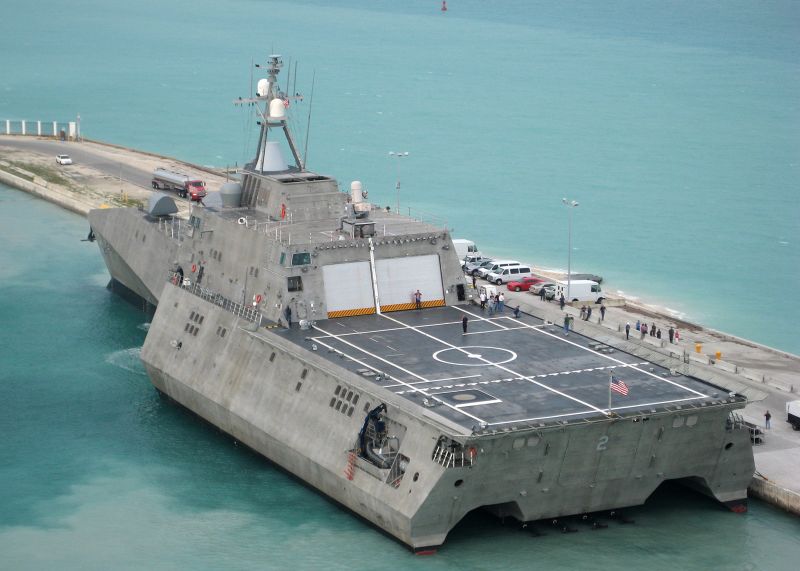The Legacy of U.S. Navy Frigates
Introduction
The U.S. Navy has a long and storied history with its frigates, which have served crucial roles in naval warfare and maritime security. This article explores some significant vessels, including the USS Constitution and the USS Simpson, detailing their histories, operational highlights, and eventual decommissioning.
The USS Constitution

The USS Constitution, launched in 1797, is the world’s oldest commissioned naval vessel afloat. It played a notable role in the War of 1812 and remains a symbol of naval history and American resilience.
The USS Simpson

The USS Simpson, operational since 1985, is the last Oliver Hazard Perry-class frigate. Its decommissioning on September 29, marks the end of an era for these versatile ships that performed anti-submarine warfare, escort duties, and participated in multiple operations around the globe.
Significant Events in Frigate History
Throughout its service, the U.S. Navy frigates have been involved in numerous significant naval engagements. For instance, the USS Stark was struck by two Exocet missiles during the Iran-Iraq war, which resulted in tragic losses. Similarly, the USS Samuel B. Roberts faced a mine attack in the Persian Gulf, highlighting the dangers these vessels encountered.
The Future of Naval Warfare
As the U.S. Navy shifts its focus towards newer technologies, the roles of frigates are transforming. Vessels like the USS Independence showcase modern design, featuring capabilities tailored for shallow coastal operations. This evolution prioritizes the safety of maritime interests in increasingly complex global waters.


Conclusion
Frigates hold a distinguished position in naval history, representing adaptability and technological evolution. As decommissioning ceremonies conclude for the last of the legacy vessels, the Navy continues forward, focusing on innovative designs catering to future maritime challenges.




